From the get-go, Ember is a lesson in proportions.
The kitchen occupies nearly half of the available space. Wine offerings dominate the menu with but a single page reserved for its food items.
READ ALSO: Talk Of Town: This Japanese-Peruvian Restaurant Is The Hottest Spot In Poblacion Right Now
In place of fanciful nomenclature, Ember settles with just the needed elements. What you see is what you get.
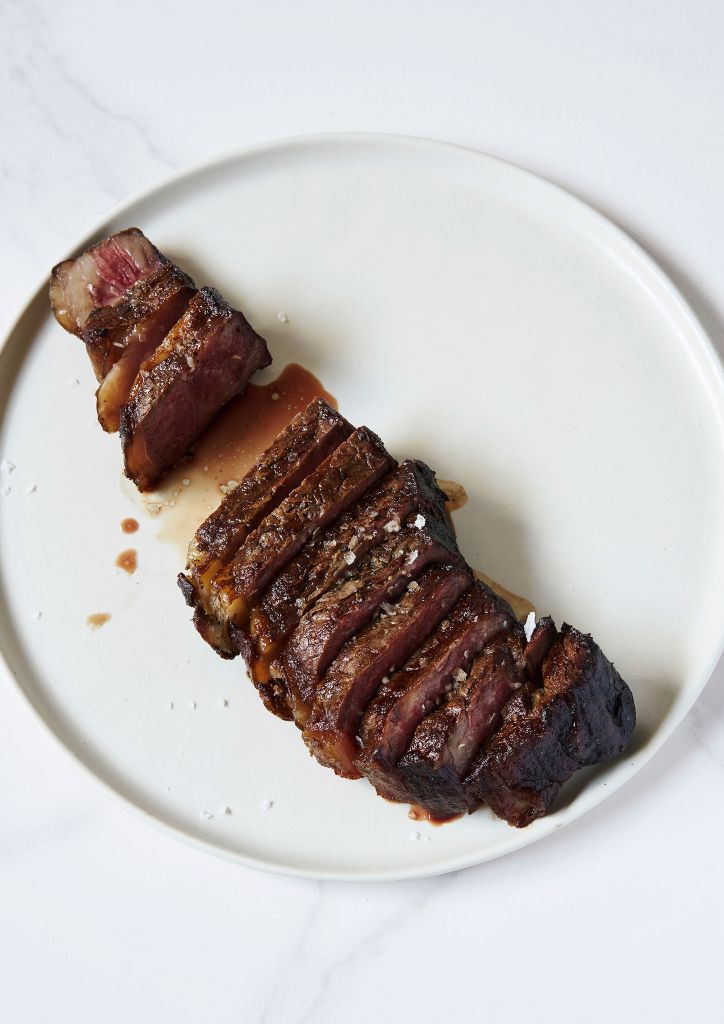
“Tomato, feta, olive,” reads one dish. “Octopus, harissa, lemon,” reads another.
It’s in this irreverent presentation that the restaurant is able to exude fresh excitement.
“It looks uncomplicated. But it’s the effort it takes to make it seem uncomplicated,” Chef Josh Boutwood tells Lifestyle Asia.
He says that he has always wanted to challenge himself in creating a restaurant. “Not really to make it different, but to create something that would challenge my professional abilities,” Boutwood declares.
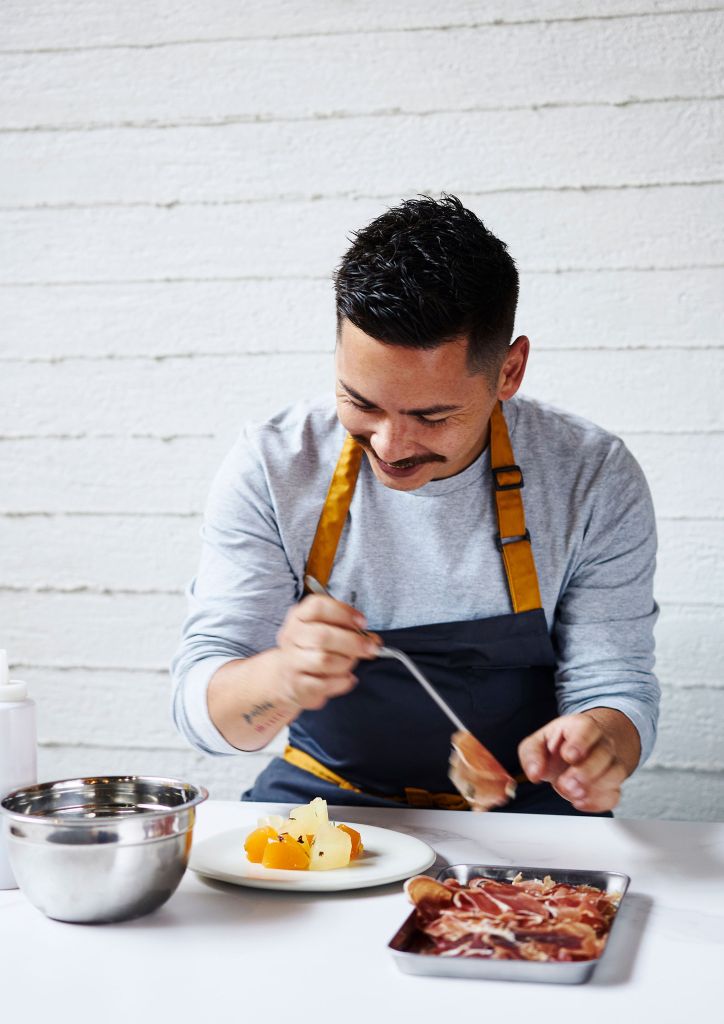
Such a challenge would come in the form of the pandemic, which hit the industry hard. It also left Boutwood with not enough time to think heavily about the concept.
His decision then was to take and put together the concepts of his earlier restaurants, Test Kitchen and Savage, to form Ember.
“And that was our original train of thought. But then when my head chef was in here testing out the ideas and the recipes, we came to the conclusion that it’s nothing really like Savage and neither is it like Test Kitchen,” Boutwood says. “But it’s created its own concept in the process where we’re serving easy-to-understand, humble, and ultimately delicious dishes.”
Uncomplicating the narratives
The same philosophy would extend to the restaurant’s look.
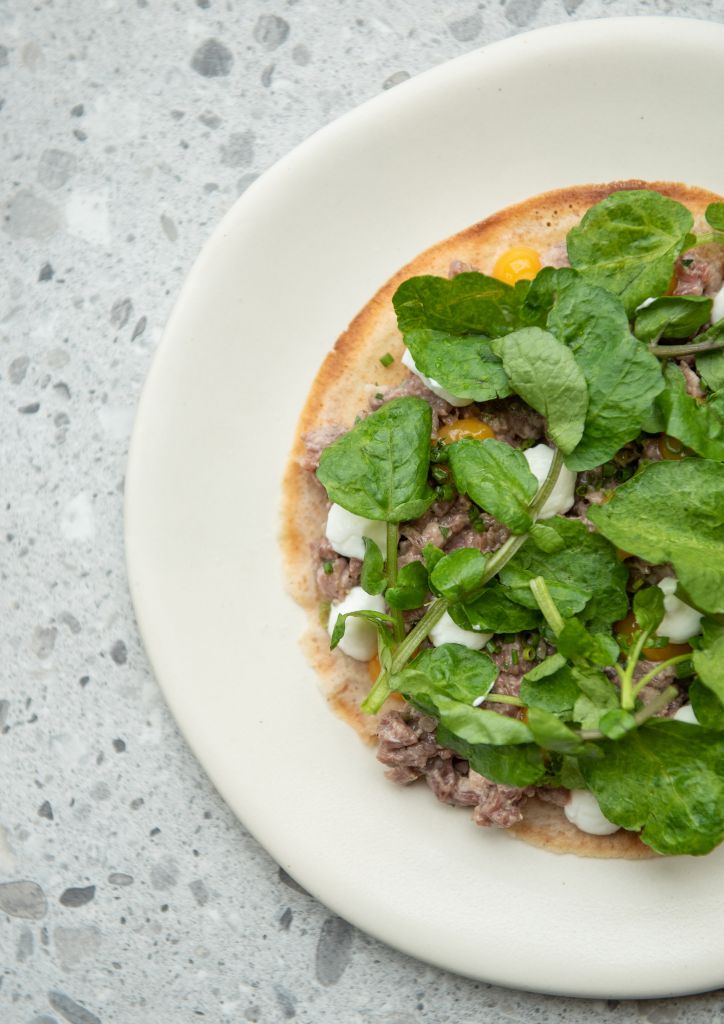
“We have one central hearth, which is divided into three components where we have the buyers going. We have a French top and then we have a double-stack combination oven. That’s it. It’s a very simple cooking process,” Boutwood says.
Meanwhile, the kitchen takes up about 45 percent of the actual space inside the indoor area.
“That’s because I design my restaurants with kitchens that I can work with, first, and then seating capacity, second—versus seating capacity and then kitchen. I want to feel comfortable in a kitchen that I can work in,” the chef explains.
The most obvious feature, however, is the restaurant’s “floating room.” The little private dining area seats an intimate eight. It’s semi-encased in glass, with a clear view of the kitchen below.
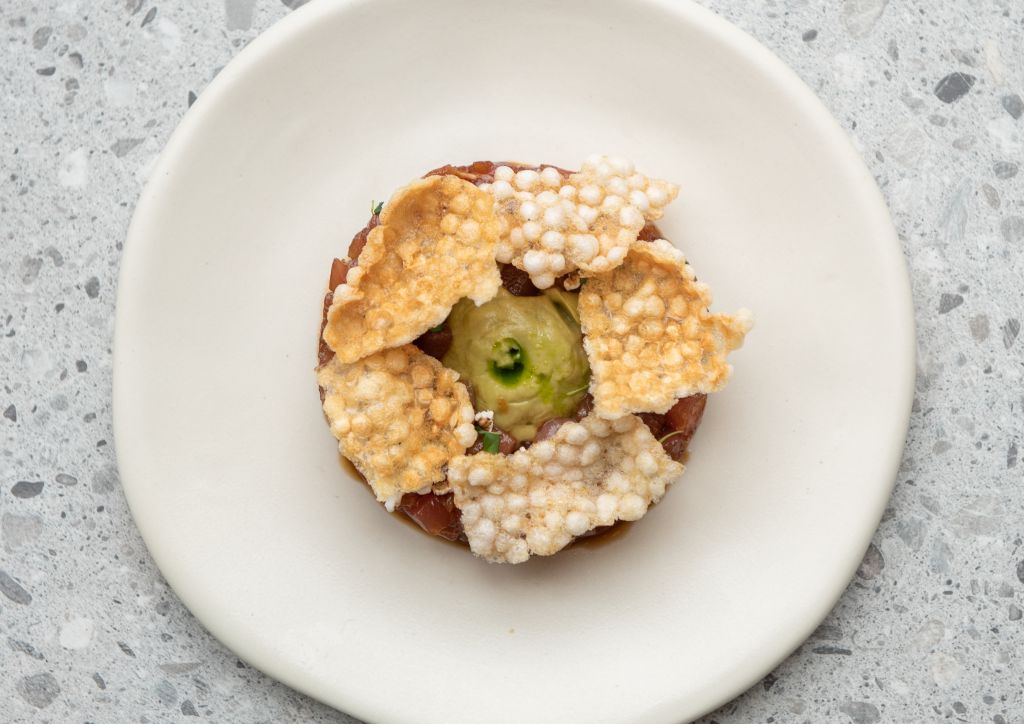
Moreover, the area doubles as a “quiet room” of sorts. Guests won’t be disturbed, though they’re welcome to signal the servers through a buzzer connected to the latter’s watches.
Less is more
Boutwood worked on Ember’s aesthetic with their design house, Headroom. He gave them a list of things that he wanted to accomplish in the design. In a way, he said it’s “almost like an evolution of the timeline of us making restaurants.”
From the dark-looking original Test Kitchen in Kamagong and rough-around-the-edges Savage, to the upscale Elm and the romantic follow-up Test Kitchen, Boutwood wanted to flip the script with Ember.
“Here, I wanted it to be completely the alter ego of it. Bright, welcoming, and happy vibes that you will get,” Boutwood underscores. This would create a more settled-down ambiance. “Relaxed, not rushed.”
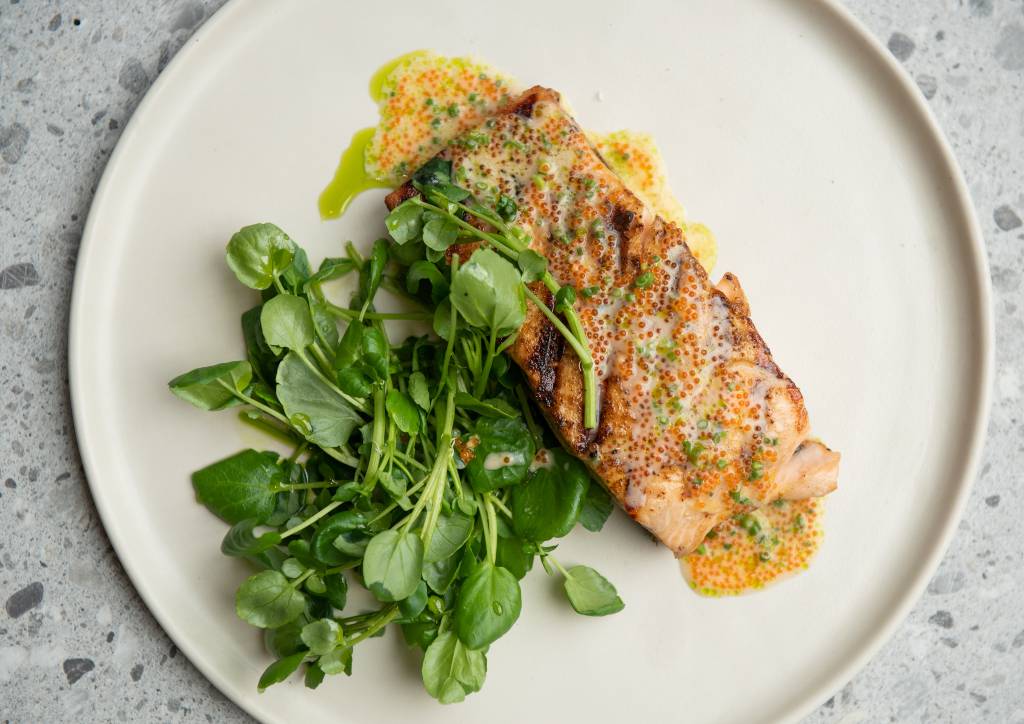
“I feel like guests come here to enjoy an experience. Not just to get sustenance and go off to another appointment or go shopping. We are the place they go after shopping to unwind and relax,” Boutwood ponders.
Since Ember is his first venture in a high-traffic area like a mall, the chef wanted it to be approachable to all groups without singling out a particular demographic. He even celebrates their observation that they can’t yet pinpoint which crowd Ember is attracting.
Nonetheless, the establishment is already welcoming regulars after opening only in May.
“Even though we have a very limited menu, they’ve already located and found out what their favorites are. And they’re returning for it. But now that adds the pressure on me, because I don’t want them to continuously have the same thing all the time. It means that we need to start new items on the menu very soon,” Boutwood contrasts.
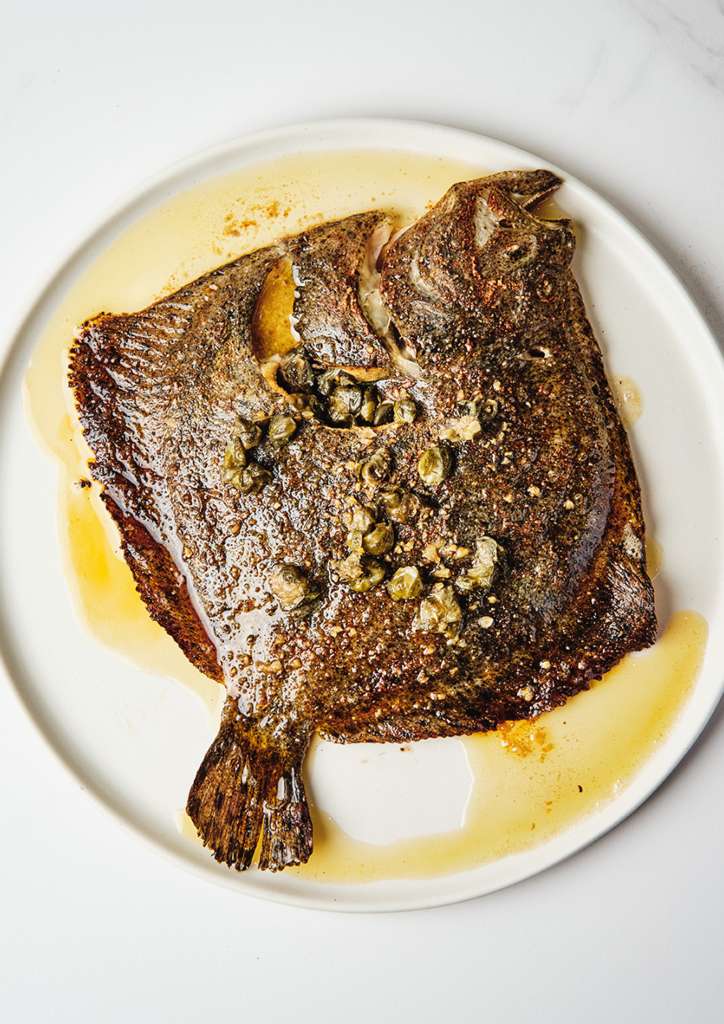
Keep it simple
The chef took about two years to develop the menu, only finalizing its lineup when construction approached completion three weeks before opening.
“Within there, the theme is changing directions. Mostly because when I have time to think and especially during the pandemic, I start to doubt the initial thoughts that I have and sweep it up again. I’m constantly changing my mind,” Boutwood admits.
Rather than focusing on a specific cuisine, Ember’s menu gathers inspiration from different cultures. This stems from its founder’s cooking philosophy, which “veers away from limitations.”
The restaurant’s steak program is one that they’re proud of. They serve beef that they dry-age in-house before cooking it in a “true-to-origin way.” That is, aptly enough on embers. Such a tedious process ultimately evokes a “wonderful cheesy nuttiness” without the need for additional marinating.
They’ve also sold out 300 kilos of turbot within a month of opening, already waiting for the next shipment to arrive.
“Ironically, all of our small plates are selling. It’s very hard to know which are the bestsellers, because they’re all pretty much equal. And I like that about small plates. It’s because it shows that people are willing to order one of each and share it. That way they get to try a lot more. It’s a nice trend that’s happening inside this restaurant,” Boutwood elates.
He personally welcomes everyone to come visit Ember and to try and challenge the newfound hype for themselves. “If anyone’s passing by, Ember’s one of those restaurants that everyone’s welcome to enjoy a wonderful experience. We look forward to hosting everyone,” Boutwood says.
Photos by Kieran Punay of Studio 100, and Ember.





